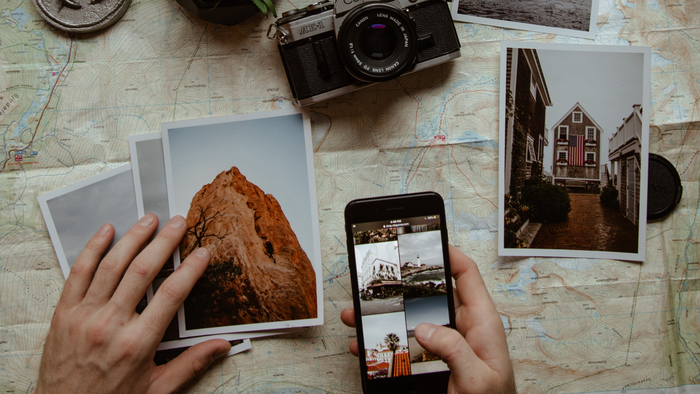Knowing the proper information in a photo helps to understand better its history and even the brand of device used to take it. Not everyone is comfortable offering this data, so it’s worth learning different ways to find out what the EXIF of the photograph is. Whether on mobile or computer, discover each method for this.
The following guide is done using the gallery app on a Samsung phone, but any other app to discover photo data has similar steps. Google Photos itself offers this option in the same way.
- Open the app: Click the application icon to open its image gallery;
- Open the menu: On the image, click on the three dots to show the menu;
- Check the options: Then, click on the “Details” option to check the photo data;
- Read the information: Data such as location, date, people, device and even tags can be seen in this part. Depending on the application you are using, you may be able to edit some of this information.
If you want to know specific apps to find out the EXIF of your photos, you can check out four options that I tested and worked very well:
- Photo EXIF Editor (Android);
- Metadata Viewer (Android);
- EXIF Viewer Lite (iOS);
- EXIF Metadata (iOS).
How to find EXIF data in Windows
- Open the folder where the images are;
- On the thumbnail, right-click;
- Click on “Properties”;
- Go to the “Details” tab;
- On this same screen, you can edit some of the information.
And on macOS?
- Open the photo in the “Preview”;
- In the top menu, click on “Tools”;
- Click on “Show Inspector”;
- For more information, click on the “EXIF” tab;
- On this same screen, you can remove location information.
EXIF data is not always accurate
When using any of the steps above to verify information in a photo, you are likely to notice that certain data is not 100% consistent. Therefore, it is interesting to know some of the reasons:
- The camera date could have been wrong at the time of the photo;
- The location might not have been triggered;
- New creation date can arise the moment a photo is moved from a device to a computer;
- A different time zone can affect the image date;
- Some bugs may have occurred.
Discovering EXIF is an important task, as this data tells the story of the photo clearly and, almost always, correctly. On the other hand, not everyone wants this information out there.
What do you think about it? Do you believe that something like an individual’s privacy can be breached through this?
